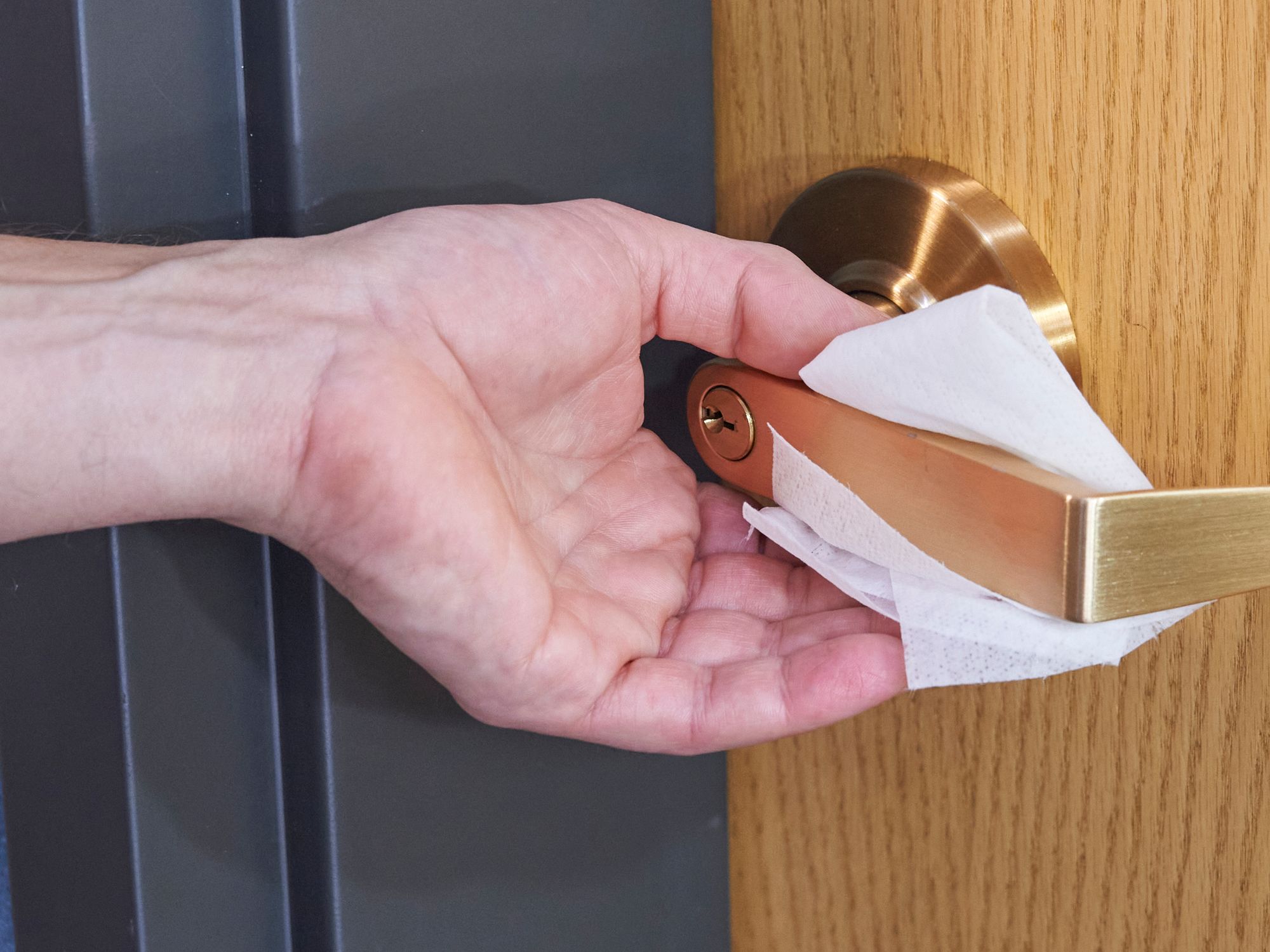
Be Part of the Ultimate Safety & Compliance Community
Trending news, knowledge-building content, and more – all personalized to you!
:
|

Employers should maintain good ventilation systems. The virus that causes COVID-19 spreads between people more readily indoors than outdoors. Improving ventilation is a key engineering control that can be used as part of a layered strategy to reduce the concentration of viral particles in indoor air and the risk of virus transmission to unvaccinated workers in particular. Some measures to improve ventilation are discussed in the Centers for Disease Control and Prevention (CDC) guide Ventilation in Buildings and in the Occupational Safety and Health Administration’s OSHA Alert: COVID-19 Guidance on Ventilation in the Workplace. These recommendations are based on the American Society of Heating, Refrigeration and Air Conditioning Engineers (ASHRAE)’s Guidance for Building Operations During the COVID-19 Pandemic.
Adequate ventilation will protect all people in a closed space. Key measures include ensuring the heating, ventilation and air conditioning (HVAC) system is operating in accordance with the manufacturer’s instructions and design specifications, conducting all regularly scheduled inspections and maintenance procedures, maximizing the amount of outside air supplied, installing air filters with a Minimum Efficiency Reporting Value (MERV) 13 or higher where feasible, maximizing natural ventilation in buildings without HVAC systems by opening windows or doors, when conditions allow (if that does not pose a safety risk), and considering the use of portable air cleaners with High Efficiency Particulate Air (HEPA) filters in spaces with high occupancy or limited ventilation.
Employers should perform routine cleaning and disinfection. If someone who has been in the facility within 24 hours is suspected of having or confirmed to have COVID-19, follow the CDC cleaning and disinfection recommendations. Follow requirements in mandatory OSHA standards 1910.1200 and 1910.132, 1910.133, and 1910.138 for hazard communication and PPE appropriate for exposure to cleaning chemicals.

Employers should maintain good ventilation systems. The virus that causes COVID-19 spreads between people more readily indoors than outdoors. Improving ventilation is a key engineering control that can be used as part of a layered strategy to reduce the concentration of viral particles in indoor air and the risk of virus transmission to unvaccinated workers in particular. Some measures to improve ventilation are discussed in the Centers for Disease Control and Prevention (CDC) guide Ventilation in Buildings and in the Occupational Safety and Health Administration’s OSHA Alert: COVID-19 Guidance on Ventilation in the Workplace. These recommendations are based on the American Society of Heating, Refrigeration and Air Conditioning Engineers (ASHRAE)’s Guidance for Building Operations During the COVID-19 Pandemic.
Adequate ventilation will protect all people in a closed space. Key measures include ensuring the heating, ventilation and air conditioning (HVAC) system is operating in accordance with the manufacturer’s instructions and design specifications, conducting all regularly scheduled inspections and maintenance procedures, maximizing the amount of outside air supplied, installing air filters with a Minimum Efficiency Reporting Value (MERV) 13 or higher where feasible, maximizing natural ventilation in buildings without HVAC systems by opening windows or doors, when conditions allow (if that does not pose a safety risk), and considering the use of portable air cleaners with High Efficiency Particulate Air (HEPA) filters in spaces with high occupancy or limited ventilation.
Employers should perform routine cleaning and disinfection. If someone who has been in the facility within 24 hours is suspected of having or confirmed to have COVID-19, follow the CDC cleaning and disinfection recommendations. Follow requirements in mandatory OSHA standards 1910.1200 and 1910.132, 1910.133, and 1910.138 for hazard communication and PPE appropriate for exposure to cleaning chemicals.